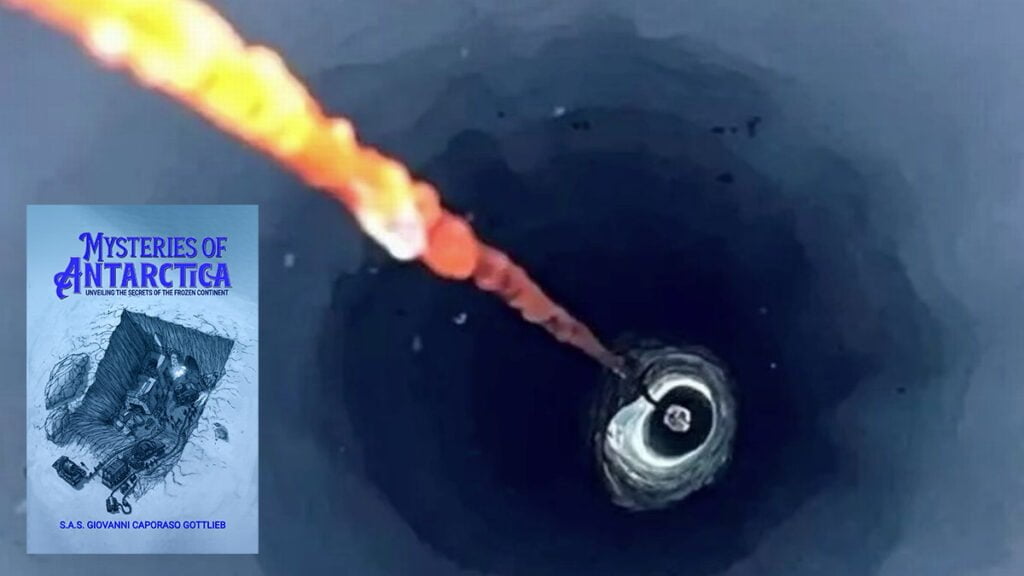A team of scientists has made a fascinating discovery, a hidden world under the Antarctic ice
After drilling more than 500 meters, they found a gigantic cathedral-shaped cavern that houses a hidden world under the Antarctic ice of unexpected sea creatures.
The expedition of New Zealand researchers focused on the Ross Ice Shelf, off the coast of West Antarctica, where evidence of a subway river had been detected. To their surprise, they discovered that the river flowed into a cavern and was inhabited by amphipods, small creatures in the same family as lobsters, crabs and mites.
This discovery was like stepping into an unknown world. According to Huw Horgan, glaciologist at Victoria University of Wellington and leader of the Antarctica New Zealand Institute, the chance to observe and sample this river was like being the first to enter a hidden world.
The underwater cavern compares to a cathedral because of the pronounced undulations in its ice roof. Although these animals had been documented in previous studies, the presence of this underwater ecosystem raises questions about their feeding and variability over the 10 days of observation.
Scientists will continue to study this new ecosystem to understand how nutrients persist at this temperature and depth in the sea. There is also concern that this hidden world beneath the Antarctic ice may be at risk from climate change.
This discovery provides a valuable opportunity to investigate how an isolated ecosystem evolves, similar to Movile Cave, which was sealed for more than five million years.
Kamb reveals a hidden world under Antarctic ice
The formation of this underwater cave, known as Kamb, has been a decades-long process and reveals a hidden world beneath the Antarctic ice. According to research, it originated as a small spot at the mouth of the Kamb River into the sea and expanded, following the current. Warmer ocean water, less dense than that of the river, is believed to have played a role in its formation.
This exciting discovery offers new insights into ecosystems hidden in the far corners of our planet and highlights the importance of continuing to explore and understand our natural environment.
Another concern in the region is a magnetic field anomaly that continues to grow over South America, which has significant consequences. Scientists are studying this anomaly to better understand its implications and how it may affect navigation and communications in the region.
In a broader context, a shocking discovery has been made that signals the beginning of the Anthropocene, a new geological epoch on Earth marked by human influence on the environment. This discovery underscores the urgent need to address environmental challenges and find sustainable solutions to protect our planet.

